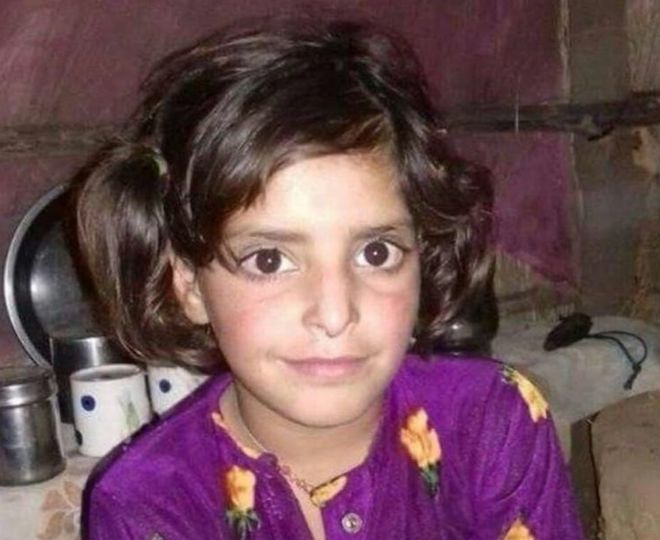You all now know me as Asifa, the girl found in the forest of Kathua, lifeless and mutilated. I was eight years old. I was eight years old, with my whole life ahead of me. But I had to die for the demonic pleasure of monsters.
Most children my age spend time with their families; they look forward to growing up. They harbor small dreams every day and live with the hope that life will give them a new adventure to find more and more of themselves.
I never got to find myself. That, too, was snatched from me, when I was tortured and left to die. What was my fault, I ask you. What had I done that was so wrong? What was it about me that made it okay for me to die? Many people have since said that I died because I was a Muslim. How was my faith my crime?
[Read Related: Paviter Singh Bassi: Making Sense of a Tragedy Beyond Words]
If being Muslim was a crime, why weren’t my Hindu sisters spared either? Why did any of us deserve to die? But I want you all to realize, that this isn’t just about me. My death is one of so many, most of which go unheard.
The deaths of some girls have been blamed on everything from the clothes they were wearing, to the fact that they resisted being raped. You all go to every extent to blame and scrutinize the victims. You try to figure out what we could have done differently, in order to preserve our innocence. But when will you stop protecting the monsters that hurt us?
My lifeless body and innocent face have been posted everywhere for the world to see, to raise awareness and show the horrible reality that was my death. Thank you for doing that. People do need to see what was done to me. Maybe, that way, people will stop hurting us. Maybe, then, no other girl’s family will have to walk seven miles simply to give her a peaceful burial.
[Read Related: Patriarchy and Rape Culture Create Blame Game Instead of #JusticeforZainab]
But for every picture you post of me, for every time you ask for “Justice for Asifa,” ask for punishment for my murderers. For every time you mention my name, mention theirs twice. Post their face everywhere, and make them aware that you won’t let them go for what they did to me. Let them know that you recognize their wrongdoing. My voice has been silenced, and I need you all to become my voice.
Although I, Asifa, am gone now, I am still watching. I am watching over my loved ones, trying to give them the strength to cope with my loss. I am watching over the girls being tortured right now, trying to give them the strength to fight back and survive, to learn that rape is never the victim’s fault. I am watching my perpetrators, waiting for them to be brought to justice. I am watching over all of you, hoping that you won’t stay silent.
Today, my name is Asifa. Yesterday, my name was Zainab. Before that, my name was Jyoti. Tomorrow, my name will be something else, and you’ll be asking for justice for me, yet again. Speak up for me and all of my sisters, Hindu and Muslim. You are our voice now.





